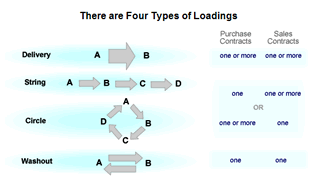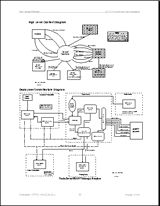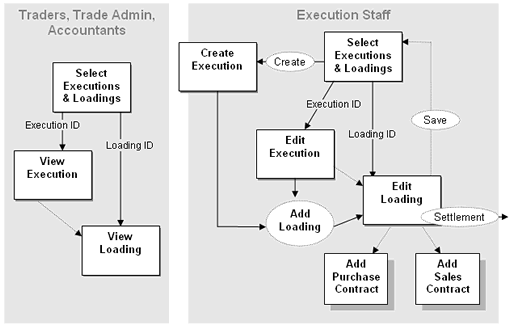Snapshot
This is an overview and intro document. It is the first piece of collateral created for the product. Virtually all other collateral proceeds from it. This product snapshot is the initial “framing” of the product.
- Why (business requirements, goals)
- Who (personas, actors, stakeholders, players)
- What (workflow, tasks)
Primary Contributors to the Snapshot are the Product Owner / Manager, Business Analyst
The Snapshot is the point of reference for all team members. You need to have a shared context - especially in an Agile environment.
A Concise High-level Overview
Business Case

Describe (at a high level) why we need it – the purpose and goals … from the perspective of the client and the enterprise. It is the highest level of description and lays the justification for the business requirements. It's "the story behind the story".
- Perquisites and dependencies on previous products
- History
- Legacy Issues
- Target audience
- Anticipated impact
- Market Forces
- Competition
- Perceived customer motivation
Actors & Roles

Identify (at a high level) who can do what … We have to know who we’re talking about and how they work. This is particularly critical to our ability to design a “customer-centric” product. It lays the practical basis for:
- Roles
- Tasks
- Use Cases
- Permissions
Workflow

Identify (at a high level) what you can do.
It's a practical description of what tasks you need to accomplish in the business requirements, in what order.
This is also why we're designing the product (from the customer perspective).
Helpful Info
Assumptions & Risk
Identify underlying “givens”
- the relationship to existing software.
- technical risks associated with the development of new capabilities.
Product Perspective
How does this relate to other system products or components, including a general description of the technical interfaces. This may include:
- Hardware interface requirements (i.e. Technical perspective)
- User interface requirements (i.e. Design perspective)
- Marketing or client-specific information which helps to put the product capabilities into perspective (i.e. Business Perspective)
General Constraints and Guidelines
Factors limiting the design of the product, such as:
- Regulatory constraints
- User constraints
- Product structure constraints
- Performance constraints
This section may also define the criteria by which the product is to be rolled out in phased stages.
Why, Who, and What are essential shared knowledge for every member of the product team.